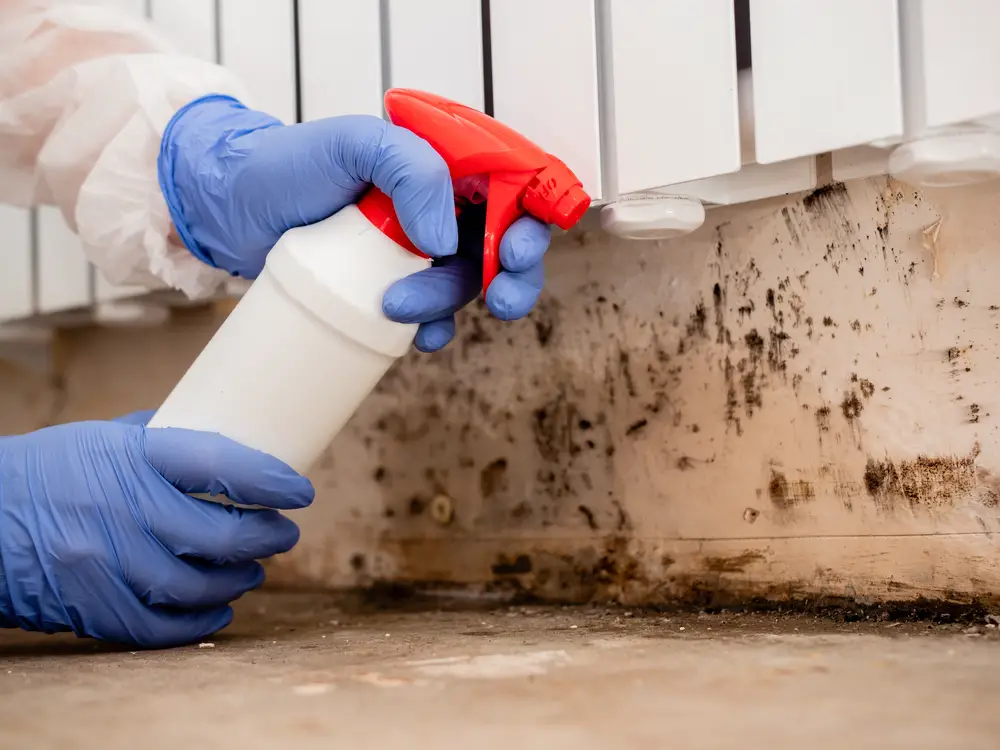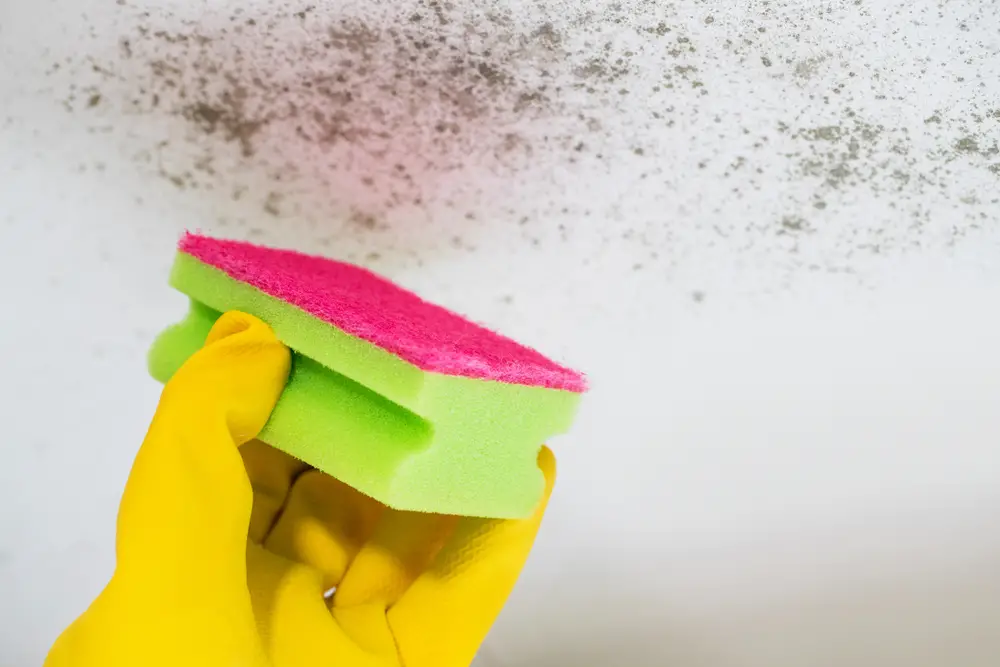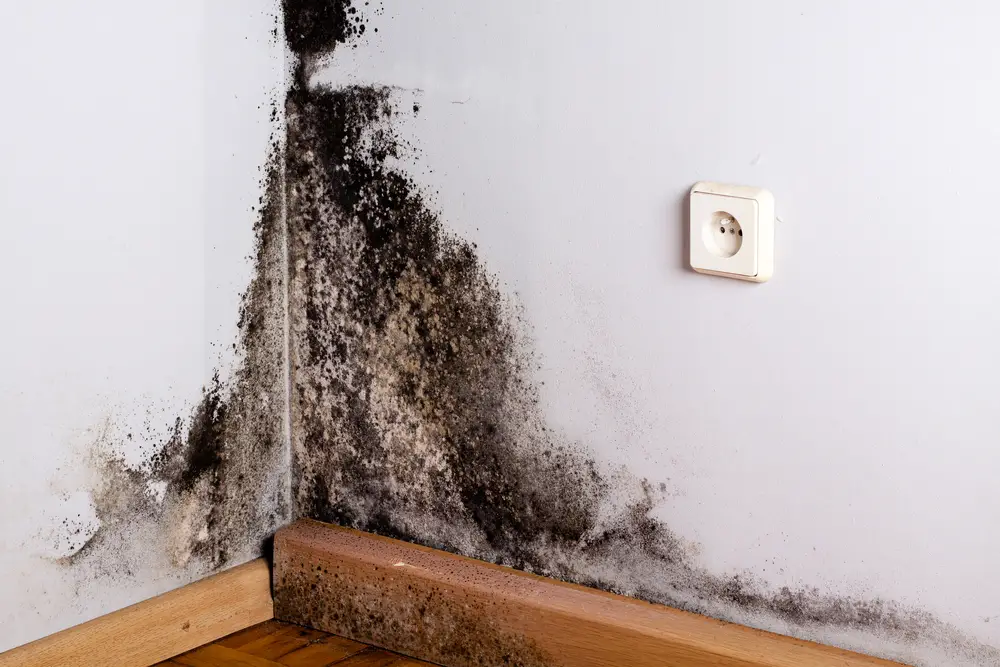Mold growth is a common issue that homeowners face, and one of the key factors contributing to its development is humidity. Understanding the role of humidity in mold growth is crucial for effectively managing moisture levels in your home and preventing mold infestations. Let’s explore the relationship between humidity and mold, as well as provide practical tips for maintaining proper moisture control.
Understanding Humidity
Humidity refers to the amount of moisture present in the air. Mold thrives in environments with high humidity levels, typically above 60%. When the air is humid, it becomes an ideal breeding ground for mold spores to settle, germinate, and proliferate. This is why you often find mold growth in areas such as bathrooms, basements, and kitchens, where moisture levels tend to be higher.
Excessive humidity creates the perfect conditions for mold growth because it provides the moisture necessary for spores to activate and spread. As mold spores come into contact with damp surfaces, they begin to colonize and form visible mold growth. It is essential to note that different types of mold have varying humidity requirements, but generally, high humidity is a contributing factor to mold infestations.
Tips to Manage Humidity
Managing humidity levels in your home is vital for mold prevention. Here are some practical tips to help you maintain proper moisture control:
Use Dehumidifiers for Humidity
Dehumidifiers are appliances designed to reduce humidity levels in indoor spaces. They extract excess moisture from the air, helping to create an environment less favorable for mold growth. Place dehumidifiers in areas prone to high humidity, such as basements or bathrooms, and ensure they are properly maintained and emptied regularly.
The Important Role of Ventilation
Proper ventilation is key to reducing humidity. Open windows and use exhaust fans in areas where moisture accumulates, such as during showering or cooking. Ensure that your home has adequate ventilation, including vents in bathrooms, kitchens, and laundry areas, to promote air circulation and prevent humidity buildup.
Fix Leaks and Moisture Issues
Any sources of water leaks or moisture problems should be promptly addressed. Inspect your home regularly for signs of leaks, such as damp spots or water stains, and take necessary steps to repair them. Repairing leaks and addressing moisture issues can help prevent the growth of mold caused by persistent moisture.
Monitor Indoor Humidity
Invest in a hygrometer, a device that measures humidity levels. Place it in different areas of your home to monitor humidity and ensure it stays within the recommended range of 30-50%. If you consistently observe high humidity levels, take appropriate measures to address the issue, such as using a dehumidifier or improving ventilation.
Maintain Proper Airflow
Proper airflow helps to prevent stagnant, humid conditions that promote mold growth. Arrange furniture and belongings in a way that allows air to circulate freely. Avoid blocking air vents and ensure that air can flow efficiently throughout your home.
Mold and Humidity
By managing humidity levels and controlling moisture in your home, you can significantly reduce the risk of mold growth. Regular maintenance, prompt repairs of leaks, and the use of dehumidifiers and proper ventilation all contribute to maintaining a healthy indoor environment.
In conclusion, understanding the role of humidity in mold growth is essential for effectively managing moisture levels in your home. High humidity creates an environment conducive to mold growth, making it crucial to implement strategies to control humidity and prevent excessive moisture buildup. By using dehumidifiers, ensuring proper ventilation, fixing leaks promptly, monitoring indoor humidity, and maintaining proper airflow, you can create an environment that is less favorable for mold development. Taking proactive steps to manage humidity will help you protect your home from mold infestations and maintain a healthy living space for you and your family.









